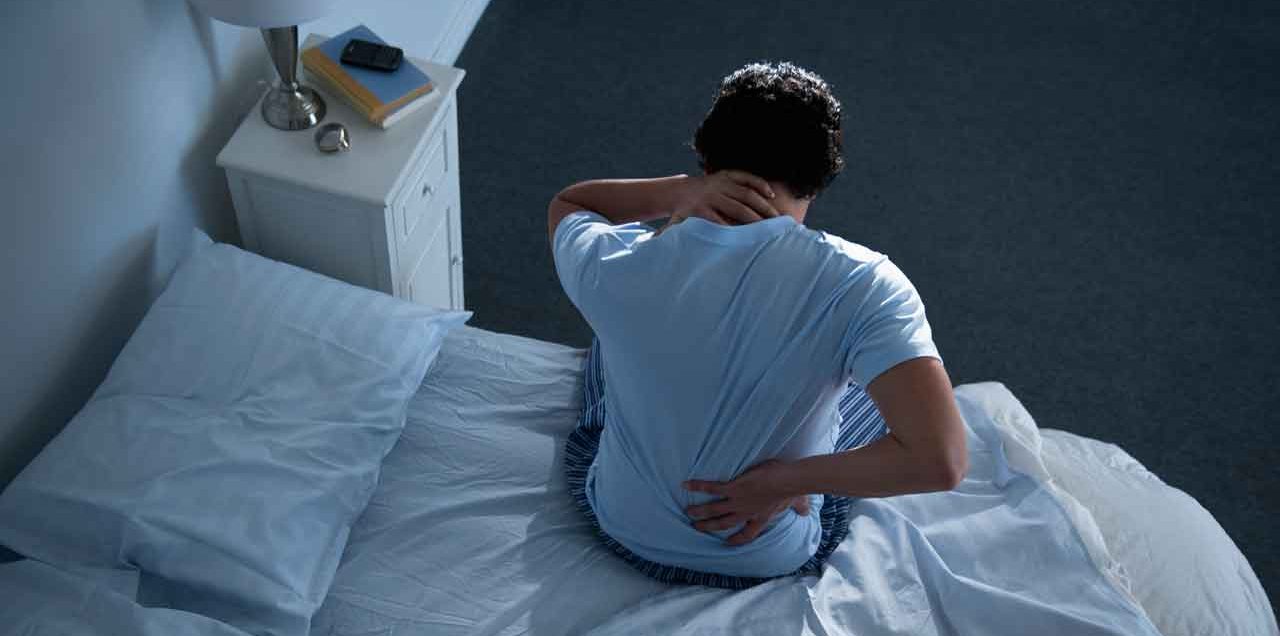7 Simple Fixes for Back Pain

Changes in everyday habits could help you feel better.
When we have pain, we want relief — now! But resist the temptation to rely on drugs as your total solution. In a new guideline, the prestigious American College of Physicians has advised doctors against prescribing opioids for back pain. The first remedies to try should be heat, massage, acupuncture, or a trip to the chiropractor. You might try drug store painkillers, including acetaminophen.
Once you’re not actively suffering, think about how to prevent the pain from coming back. About 80 percent of adults experience low back pain at some point in their lives. Often you’ll notice a back pain when you’re doing something slightly unusual — carrying luggage, for example — and don’t suspect that everyday habits could be the cause. You can also feel pain in one area that is caused by a weakness in another. For example, a pain in the front of your shoulder might originate in your back, says Paul Ingraham, the author of PainScience.com, an assistant editor at ScienceBasedMedicine.org and a registered massage therapist who specialized in difficult chronic pain cases for a decade.
Some simple changes can help. Other changes will require more attention, but are likely to improve your overall health.
YOU MIGHT ALSO LIKE: 7 Myths about Back Pain
Stand. A pain in your back, knee, or hip may be aggravated by weak buttock muscles, says Chris Kolba, a sports medicine physical therapist and clinical instructor at The Ohio State University Wenxer Medical Center in Columbus. The gluteal muscles in your rear absorb shocks and contribute whenever you are standing. If, like many of us nowadays, you spend a good deal of time sitting before a computer screen or behind a wheel, you’re more likely to have weak glutes and tighter hip flexor muscles. Other muscles in your body compensate and end up hurting. The same is true when you have weak abdominal muscles.
That’s why Kolba recommends that clients spend most of their time standing — you can try a standup desk and standing and pacing while talking on the phone or even while watching a movie or TV, at home. Stand on buses and trains, and try to walk rather than drive whenever possible
Develop routines that mean you have to get up from an office chair. Put a printer out of reach. Instead of taking your coffee to your desk, walk to a window and drink while standing and looking out the window. Walk to a colleague’s desk instead of emailing now and again.
Updated:
March 27, 2020
Reviewed By:
Christopher Nystuen, MD, MBA